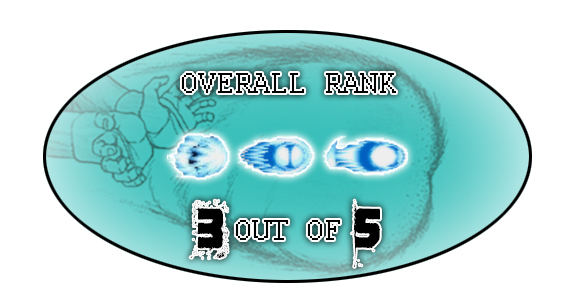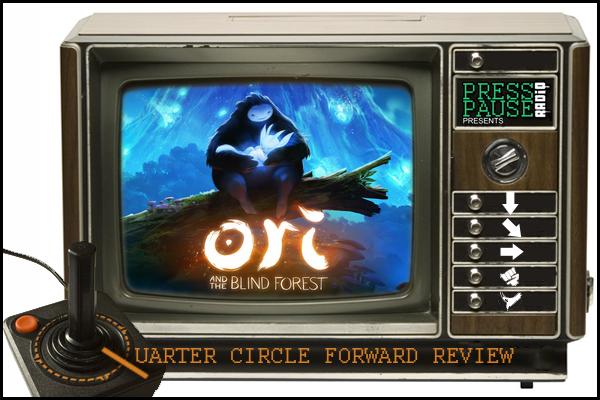
 he topic of Metroidvania has just about permeated every forum of discussion that Press Pause Radio has to offer, whether it’s the podcast, our videos, or in this case, a review, it’s a subject that we’re not shy about admitting our intimacy with.
he topic of Metroidvania has just about permeated every forum of discussion that Press Pause Radio has to offer, whether it’s the podcast, our videos, or in this case, a review, it’s a subject that we’re not shy about admitting our intimacy with.
In the case of Ori and the Blind Forest however, it’s one of the rare cases in which the emphasis on the convention and design of Metroidvania has been so downplayed to the world that’s being built.
The irony is that the Metroidvania wheelhouse of design is as sparse it can be in Ori and the Blind Forest, almost as if only to serve as a means to an end when it comes to truly conveying the grand sense of scale that enchanted setting is intended to impose.
And truth be told, that’s easily the most charming quality about the game; which is why it’s a shame that everything else about the game is too damn rough to really enjoy.
Giving credit where credit is due, the aesthetic and atmosphere of Ori and the Blind Forest is intoxicatingly adorable. Grandiose allusions of the heroic struggle against pure evil aside, the little touches of storytelling done through the world building and setting it creates possesses this charm that’s both appealing, and genuinely whimsical.
The art styles on display with Ori’s visual design are comprised of numerous techniques that’re juxtaposed with one another, pastel colors layered in with shades of watercolor, the graphics manage to remain colorful and vivid, even when the game’s settings are staged in dark and gloomy environments, which is a majority of the time to boot.
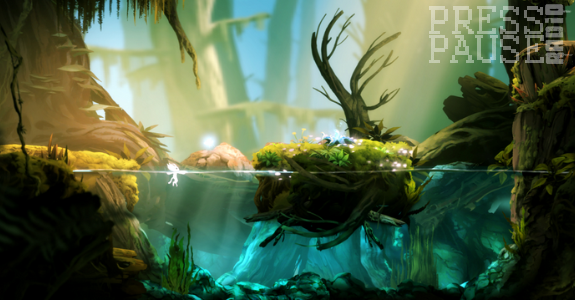
The duality of the Metroidvania design is a challenging balancing act; there’s a need to slightly telegraph the clever points of interest that beg for exploration while still promoting the non-linearity of the map’s size and architecture—Ori’s direction throws this philosophy completely out the window however, and that’s where everything starts to go downhill.
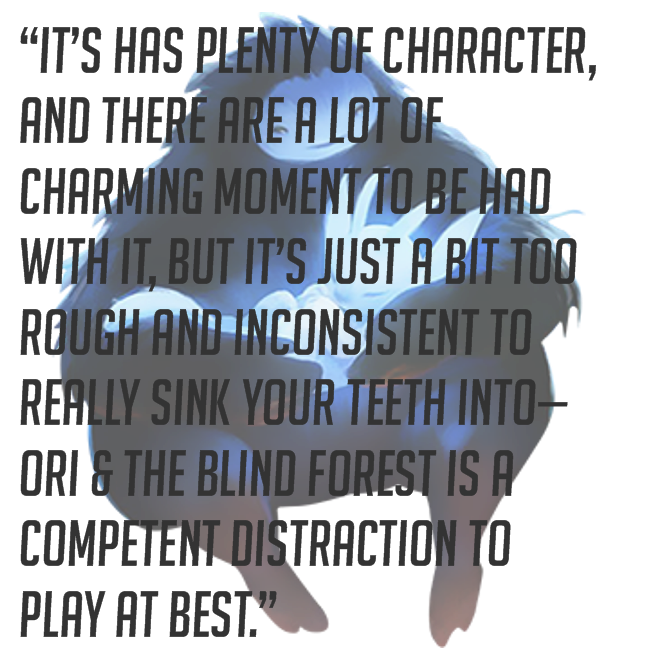 Just so we’re clear, freedom is great, and a lot of freedom is awesome, but too much freedom can lead to wanton meandering; much of the movement and progression of Ori & the Blind Forest primarily hinges on the penultimate of those categories a majority of the time, and sometimes even the latter. To elaborate, like many of the contemporaries that came before it, maneuvering through the obstacles and puzzles of Ori & the Blind Forest involves the use of skills—and some of them are too alike in what they do.
Just so we’re clear, freedom is great, and a lot of freedom is awesome, but too much freedom can lead to wanton meandering; much of the movement and progression of Ori & the Blind Forest primarily hinges on the penultimate of those categories a majority of the time, and sometimes even the latter. To elaborate, like many of the contemporaries that came before it, maneuvering through the obstacles and puzzles of Ori & the Blind Forest involves the use of skills—and some of them are too alike in what they do.
These skills range anywhere from wall-climbing and double-jumping, to bashing (a mid-air jump parrying via enemy projectiles)—all just to scale through one vertical stretch of a level. While the potential for the clever use of these multiple jumping mechanics and their various combinations sound enjoyable on paper, the execution gets to be a bit sloppy, especially when you’re trying to discover new paths to move on to.
Another prime example is the use of a bash versus a charge flame. The difference between them is that a charge flame is a concussive blast that you can independently generate and aim, while the bash is something that involves you tackling the target with a body slam head-on, or parrying enemy fire via recoil off the bash, directing it somewhere else. The requirement of enemy participation would imply that a crumbling door that’s guarded by enemies within the area would suggest that it would need a bash-blast to break through right? Well, as sound as that logic may be, it’s not the case, and it may need a direct bash, or a charge flame to break through instead.
While the variety between the use of these skills is nice, it comes off a bit inconsistent because the distinction between these abilities and when to use them isn’t communicated very well through certain segments of the adventure. Knowing what to do is a bit too ambiguous to decipher adequately at first impression, which can lead to a lot of trial and error experimentation that could have honestly been avoided with better design choices.
Speaking of the vertical traversal, there’s a bit too much of it, and it doesn’t balance out in the grand scheme of the campaign. Don’t get me wrong, free-flow movement found in Ori and its approach to jumping puzzles that alternate between wall-climbing and so on can be exhilarating at times.
In fact, I’d go as far as to say that Ori & The Blind Forest is probably one of the best examples of how to instill a sense of parkour movement and platforming within a 2D space in gaming yet, but appearance of these areas and recycled jumping puzzles slowly depreciate in value with how frequent they appear.
So much to the point that it causes the colorful romp to become repetitive, especially within the second half of the quest, and that’s arguably when it’s the most crucial for these type of ventures to deliver the satisfaction because that when the players should have reached a sense of empowerment over the game, not fatigue.
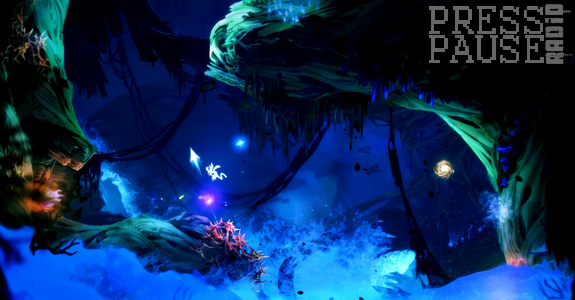
It’s great to know that the Metroidvania style of platforming games, is gradually expanding from an obscure sub-genre with a tragic name, into a respectable model of design for 2D side-scrolling game to live on with, but Ori and The Blind Forest is far from being the ideal candidate to represent to confidently represent the future of its kind.
It’s has plenty of character, and there are a lot of charming moment to be had with it, but it’s just a bit too rough and inconsistent to really sink your teeth into—a competent distraction to play at best.
